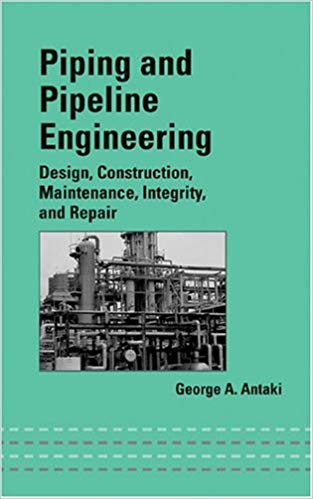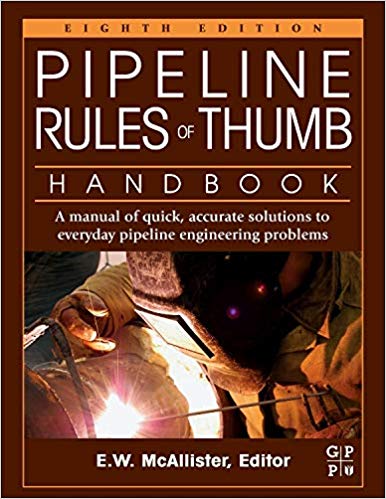High Integrity Pressure
Protection Systems

HIPPS are considered an important layer of protection requiring the highest levels of Safety Integrity. HIPPS applications provide protection against over-pressure scenarios and are an ideal solution for asset protection where traditional pressure relief systems, such as relief valves and bursting discs, are impractical and environmental constraints are prohibitive. HIPPS are primarily used when fault conditions or events are identified that could lead to the installation exceeding the original design parameters. The drivers for HIPPS applications can be safety, environmental or economic where they can be an enabling technology that contributes towards bringing viability to a marginal development. HIPPS for surface, subsea and pipeline protection in both onshore and offshore applications.
Technically HIPPS defined to
• Functional Safety Lifecycle Support
• HIPPS Dossier development
• Diverse Logic Solvers Technologies - Solid State or PES
• Axial, ball and gate valves with pneumatic and hydraulic actuation
• Valve control panel with accumulator and HPU as options
• Pressure transmitters with interlocking manifolds or DB&B Complete
Benefits of HIPPS
• All modules certified, up to SIL4 according to IEC 61508
• There is scalable redundancy to increase process availability
• Integrated diagnostics offering fast and explicit location of faults and simple replacement of faulty modules without interrupting system operation
• Remote Diagnostics via communication module
• Diverse technology from other protection layers
• Availability of >99.99%. Next-->

HIPPS are considered an important layer of protection requiring the highest levels of Safety Integrity. HIPPS applications provide protection against over-pressure scenarios and are an ideal solution for asset protection where traditional pressure relief systems, such as relief valves and bursting discs, are impractical and environmental constraints are prohibitive. HIPPS are primarily used when fault conditions or events are identified that could lead to the installation exceeding the original design parameters. The drivers for HIPPS applications can be safety, environmental or economic where they can be an enabling technology that contributes towards bringing viability to a marginal development. HIPPS for surface, subsea and pipeline protection in both onshore and offshore applications.
Technically HIPPS defined to
• Functional Safety Lifecycle Support
• HIPPS Dossier development
• Diverse Logic Solvers Technologies - Solid State or PES
• Axial, ball and gate valves with pneumatic and hydraulic actuation
• Valve control panel with accumulator and HPU as options
• Pressure transmitters with interlocking manifolds or DB&B Complete
Benefits of HIPPS
• All modules certified, up to SIL4 according to IEC 61508
• There is scalable redundancy to increase process availability
• Integrated diagnostics offering fast and explicit location of faults and simple replacement of faulty modules without interrupting system operation
• Remote Diagnostics via communication module
• Diverse technology from other protection layers
• Availability of >99.99%. Next-->
2:40:00 AM | 0
comments





















